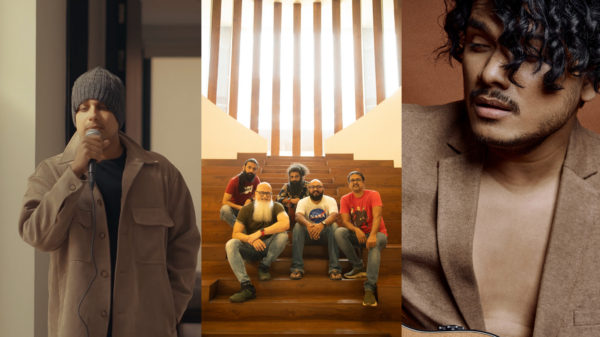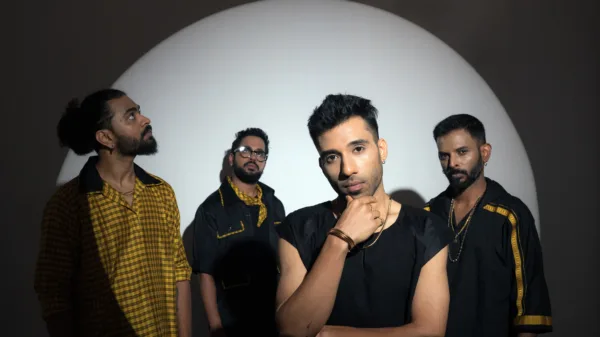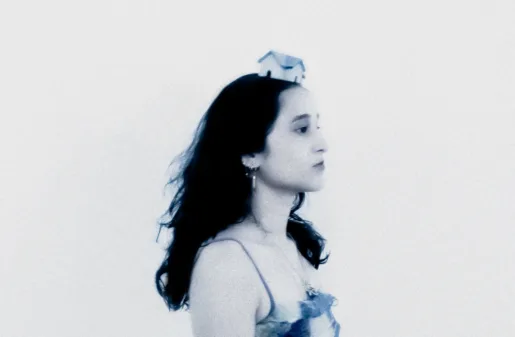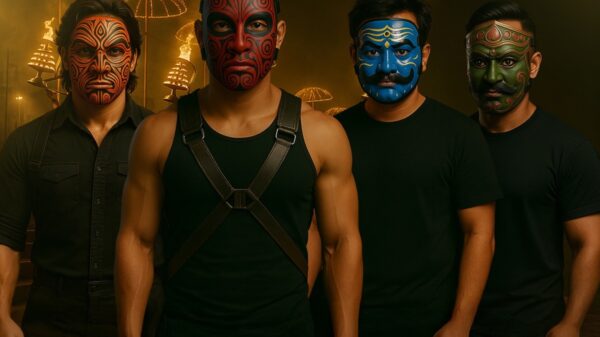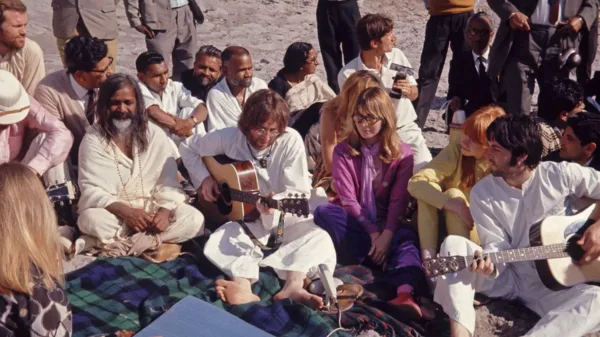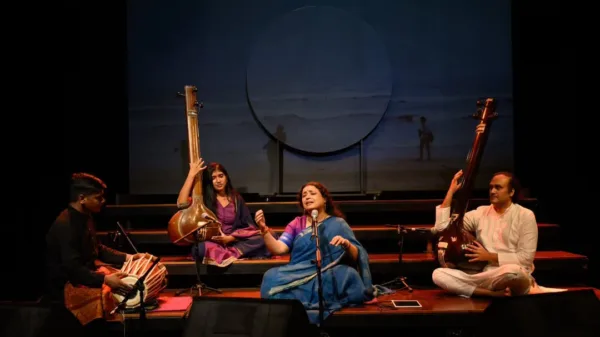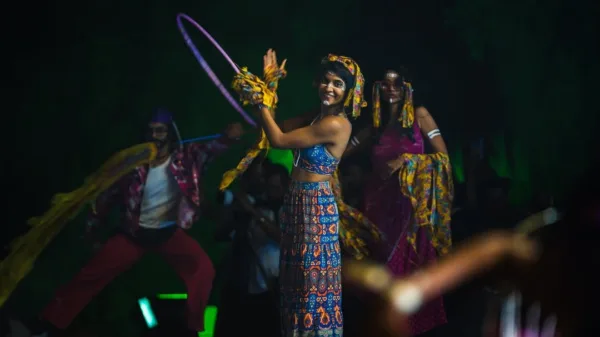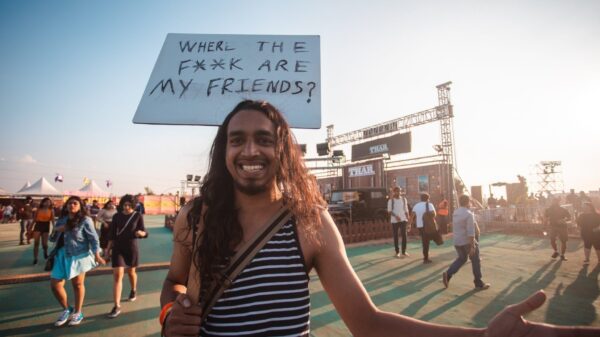There is something irretrievably special about producer-led music projects, especially when they rear their heads in the Indian independent soundscape. A metaphorical angel gains a wing, something that does not sound like every other run-of-the-mill, catchy hook-driven, Instagram reel-bait music makes an appearance, and for once, you do hear sound flow like water. Of course there are exceptions, where one finds oneself dragged into the bowels of regurgitation disappointingly. However New Delhi-raised, Mumbai based producer extraordinaire Hashbass, is not one of them — and gleans your admiration right from the start.
Harshit Misra has finally dropped his long-anticipated mixtape House of Hashbass, Vol. 1 — an 11 track, near 28 minute long record, and it boasts an impressive catalogue of artists from the scene.
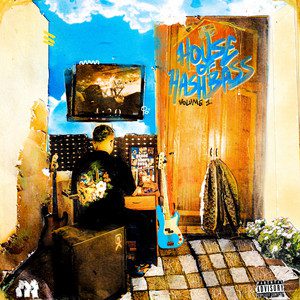
Beginning with an intro titled 6, and featuring Raaginder — it is a mixtape, through and through. Something that immediately jumps at you, right from the starting point – is Misra’s navigation through cities – Mumbai and Delhi in particular. His sound is metropolitan, gritty in places, suave, swift, disarmingly glowering in others. The intro is ominous, haunting at places, and has Raaginder’s Indian classical influences imbibed into it, arranged like a superhero-esque soundbyte that flows smoothly into Majra, the second track — and one of the best ones on the project. You can also hear some hints of early-Kanye West production influence. Saniya MQ’s cadence works, because she does not sound like she is wrestling the beat although the lyrics are positively biting. What also stands out to you on the record, is the seamless arrangement, which is done in a seemingly intentional way, balancing the optics of weight and tone.
Placing The Siege after Saniya is a good move, because it does not jar you out of the progression of the mixtape. Instead, it immerses you further.A fun number is Pata Nahi, featuring Pahaad, which is a good reincarnation of 2000s Indian city pop. The singer’s voice is floating, almost gently disintegrating into the electronic fog, and Hashbass’ production quirks gel well with the character of the former’s tone.
One of the best tracks on the mixtape is perhaps Sullan, featuring RAK, the Tamil rapper with his signature Mumbai gully rap intricacies helps locate this record. Misra’s working across spaces and sounds, he is also deeply attuned to the respective artist’s identities as musicians.

A lot of times, when a mixtape hits our playlists, we find ourselves bombarded by a lot of characteristic sounds that do not combine to form any distinct body of work. The project’s categorization as a mixtape makes sure the producer has a lot more liberty to play and expand with boundaries, experiment, but what Hashbass proves is he is incredible with curation, and while he lets himself experiment with folk drums and Hindustani classical — he knows how to map everything so that it coheres, and not confuse.
Perhaps my only qualm is the functionality of Run2U with pho as an interlude of sorts, which is chronic with the artist when she features on larger projects. Considering her range, and her work on even this track – where she can sound like a dreamcore singer, she could add more granularity to the mixtape as a whole.
Overall, this project should function as an incentive for more producers to drop more mixtapes, and find their own niches and work with collaborators who enmesh this well — although Hashbass has years of experience to facilitate that. There is so much value to being resilient in your craft, and this mixtape is testament to that.

